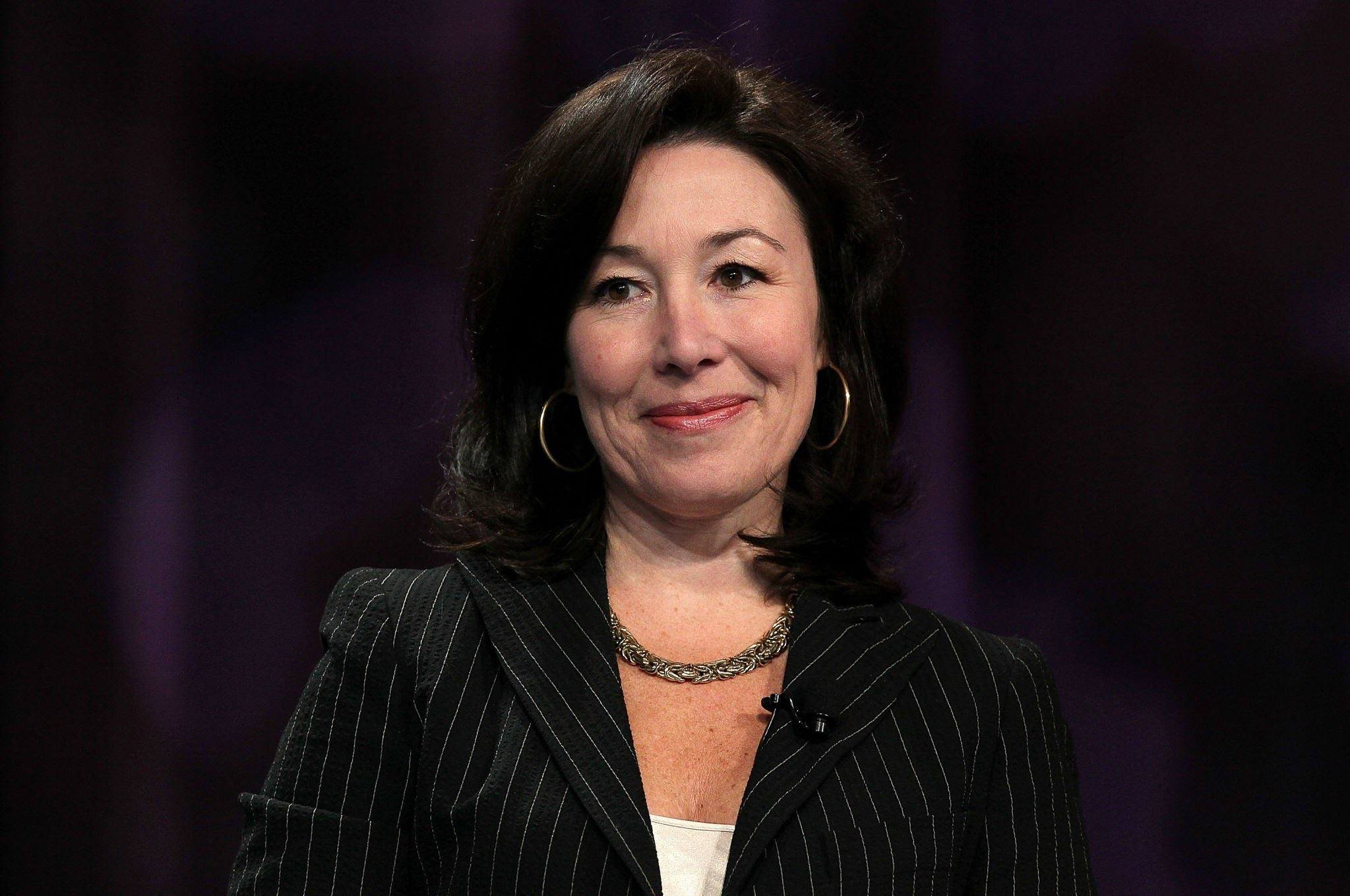 CLOUD
CLOUD
 CLOUD
CLOUD
 CLOUD
CLOUD
Oracle Corp. reported strong revenue growth in its fiscal first quarter, beating analysts’ estimates and bucking the recent trend of mixed financial results by enterprise software companies.
Profit declined in large part because of the $1.7 billion in capital investments the company made to build out its cloud infrastructure.
Total revenue rose 23% in constant currency terms, to $11.45 billion, ahead of the $11.33 billion analysts had expected. Cloud services and license support revenue rose 14%, to $8.42 billion, beating expectations of $8.23 billion.
Even license revenue, which has been declining for most software companies, showed healthy growth of 19% in constant currency, to $904 million in the quarter. Services revenue jumped 84%, to $1.36 billion.
Net income fell 36%, to $1.55 billion, or 56 cents per share. Adjusted earnings of $1.03 a share came in below analysts’ expectations of $1.08. In after-hours trading, Oracle shares moved ahead about 1.5%.
Nevertheless, executives said the investment company has made in cloud infrastructure will pay big dividends in coming quarters. “We expect that organic growth in cloud business will accelerate substantially in the next quarter,” said Chief Executive Safra Catz (pictured). “It’s not only that our growth rates are higher than hyperscale competitors but our growth rates are increasing as we get bigger.”
Total cloud revenue in the quarter jumped 50% in constant currency, to $3.6 billion, ahead of the 36% year-over-year growth company the company reported last quarter. Cloud infrastructure-as-a-service revenue rose 58%, to $900 billion, helped by the addition of 1,000 paying customers in the quarter.
Software-as-a-service revenue surged 48%, to $2.7 billion, led by 48% constant currency growth in the Fusion Cloud line of enterprise resource planning applications. The NetSuite family of operational management products, which is aimed at smaller businesses, grew 30%.
Oracle stands to benefit from a wave of enterprise resource planning modernization projects that businesses are undertaking in an effort to digitally transform, said Liz Herbert, a principal analyst at Forrester Research Inc. “Since Oracle tends to be frequently considered and offers mature products in these categories, they are often on the winning side of cloud replacement deals in these categories,” she said.
Executives were bullish about full-year performance, saying they expect total cloud revenue for the year will grow about 30%. “There’s a lot of business already contracted for without us adding a single additional customer,” Catz said.
“Oracle has incentivized customers to move to the cloud, which amounts to one key driver” in the growth of the cloud business, said Lee Sustar, who is also a Forrester principal analyst. “Another is the agreement between Oracle and Microsoft to allow Azure customers to work with Oracle databases. This allows both companies to defend — or expand — their enterprise customer base in relation to Amazon Web Services and Google Cloud. It remains to be seen how much that will drive OCI growth, however.”
Catz agreed that getting customers to try Oracle’s cloud infrastructure is key to its growth plans. “When customers try us for some reason they’re overwhelmed by the technical capabilities of our cloud,” she said. “They may start small and then they accelerate.”
Oracle Chairman and Chief Technology Officer Larry Ellison was characteristically blunt in describing what he sees as the company’s competitive position against AWS, in particular. “The amount of money companies spend with Amazon is astounding,” he said. “Oracle is much less expensive, in part because we’re faster. We are talking to some of the biggest brands that are on Amazon and some of them are going to be moving — very soon.”
Part of the competitive strategy versus Amazon was dramatized by Oracle’s announcement today that its MySQL HeatWave database is now available on the AWS cloud. Ellison said Oracle has no intention of letting exclusivity limit its potential database sales. “Can Oracle maintain our market share in databases? I think if the database is available in multiple clouds, then the answer is yes,” he said.
Oracle is also expecting to see a lift across both its infrastructure and SaaS businesses from the recent acquisition of healthcare technology provider Cerner Corp. for $28.3 billion. Forrester’s Herbert said the move is in synch with a broader shift toward industry-specific clouds.
“Forrester continues to see a rise in interest in industry cloud solutions,” she said. “Now that it is part of Oracle, there is a greater opportunity for wider healthcare cloud solutions along with healthcare-oriented cloud enterprise apps.”
Support our mission to keep content open and free by engaging with theCUBE community. Join theCUBE’s Alumni Trust Network, where technology leaders connect, share intelligence and create opportunities.
Founded by tech visionaries John Furrier and Dave Vellante, SiliconANGLE Media has built a dynamic ecosystem of industry-leading digital media brands that reach 15+ million elite tech professionals. Our new proprietary theCUBE AI Video Cloud is breaking ground in audience interaction, leveraging theCUBEai.com neural network to help technology companies make data-driven decisions and stay at the forefront of industry conversations.